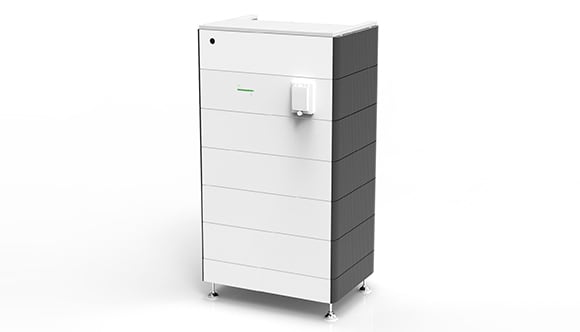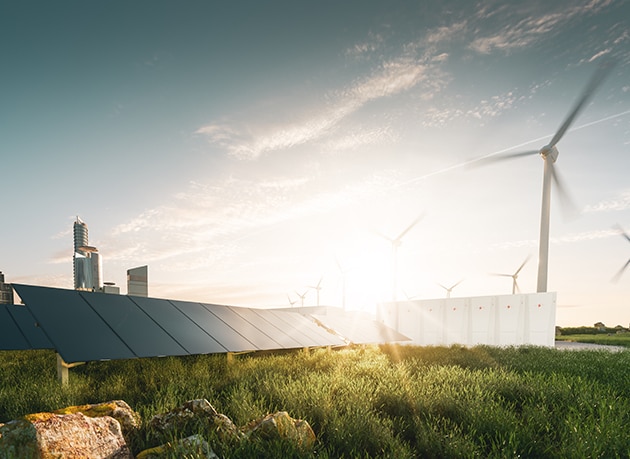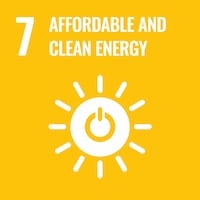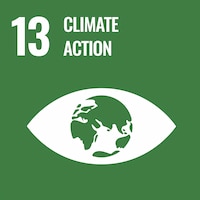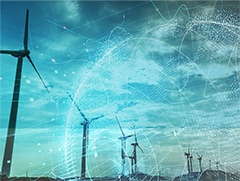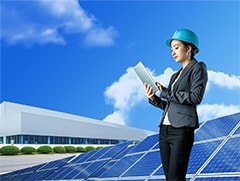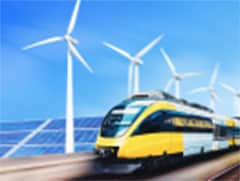Renewable Energy
Renewable Energy as the New Normal
What can technology do to help achieve a sustainable global environment? For one, it can help ensure a stable supply of electric power through the use of energy storage systems (ESS). Recent years have seen expanded use of ESS based on lithium-ion batteries, which enable more efficient charging and discharging, and allow capacity to be tailored flexibly to household equipment and other applications.
FAQs about Renewable Energy
Find answers to frequently asked questions about Renewable Energy.
Q:
What is the primary function of energy storage systems (ESS) in the context of renewable energy?
A:
The primary function of energy storage systems (ESS) is to ensure a stable supply of electric power by efficiently storing and discharging electricity generated from renewable energy sources, such as solar and wind power.
Q:
How do residential energy storage systems (RESS) benefit households?
A:
Residential energy storage systems (RESS) benefit households by storing surplus electricity generated at home, providing an emergency energy source during disasters, and enabling the effective use of renewable energy resources.
Q:
What role does TDK play in the development of residential energy storage systems?
A:
TDK contributes to the development of residential energy storage systems (RESS) by providing large-capacity lithium-ion batteries that are characterized by a high level of safety and reliability.
Q:
What are some of the key technologies being integrated into the creation, storage, and use of electricity in the context of renewable energy?
A:
Key technologies being integrated into renewable energy include innovative power electronics, large-capacity rechargeable batteries (e.g., lithium-ion batteries), energy storage systems using flywheels and superconductivity, and advanced solutions for sharing electricity.
Q:
Why is energy storage technology important for the widespread adoption of renewable energy?
A:
Energy storage technology is important for the widespread adoption of renewable energy because it helps manage the variability of renewable energy generation, supplies electricity during periods of high demand, and facilitates peak demand shifting, thereby addressing the global challenge of energy demand.
Product Center
Click the links below to learn more about these products.
Featured Stories
Our Latest Solutions
-
The Technology Indispensable for Expanding Renewable Energy and Moving Toward a Decarbonized Society
-
An Inside Look at the LED Starting Board Watching Over Athletes Aiming to Break World Records
-
Backed by this Power Supply Device, Smart Grids Couple Renewable Energy with ICT
-
Bringing Energy to the Unelectrified: Pushing the Envelope of Fuel Cell Technology
-
What is Being Done at Manufacturing Sites to Reduce CO₂ Emissions?
-
Carbon Neutrality is Supported by Offshore Wind Power. Discover the Component that Defines its Performance.



